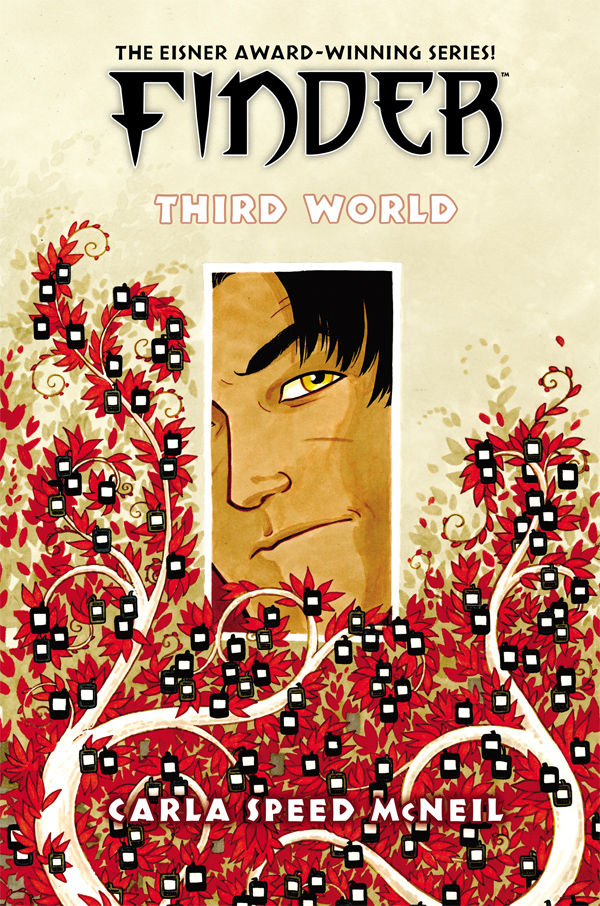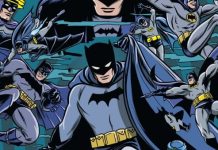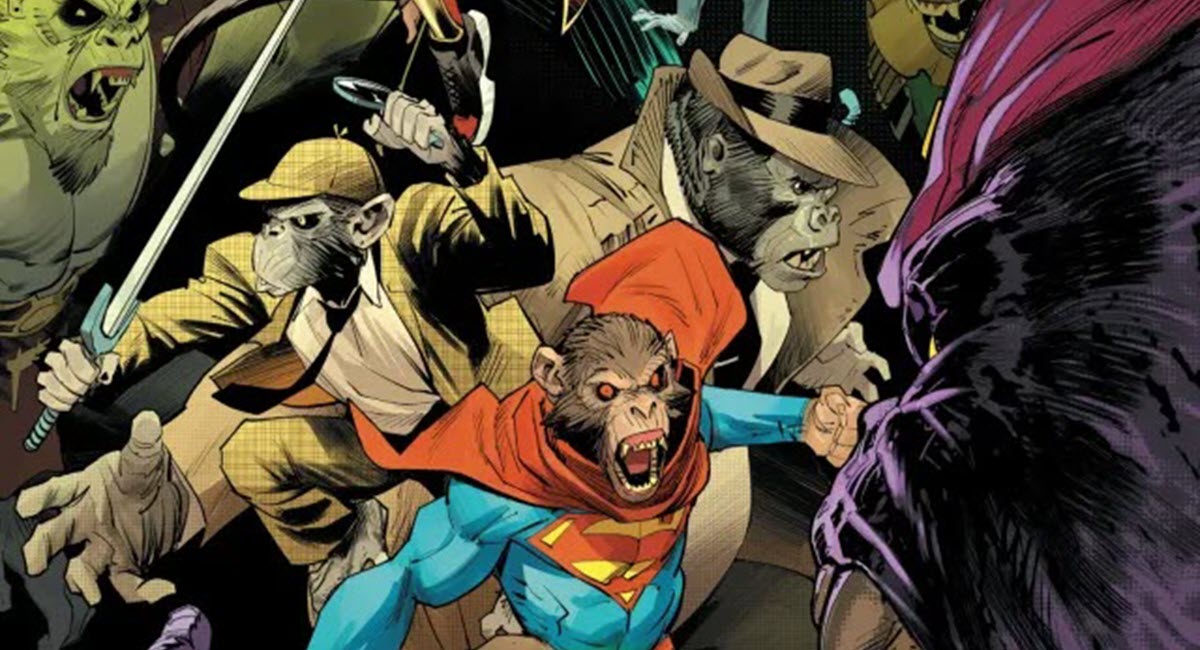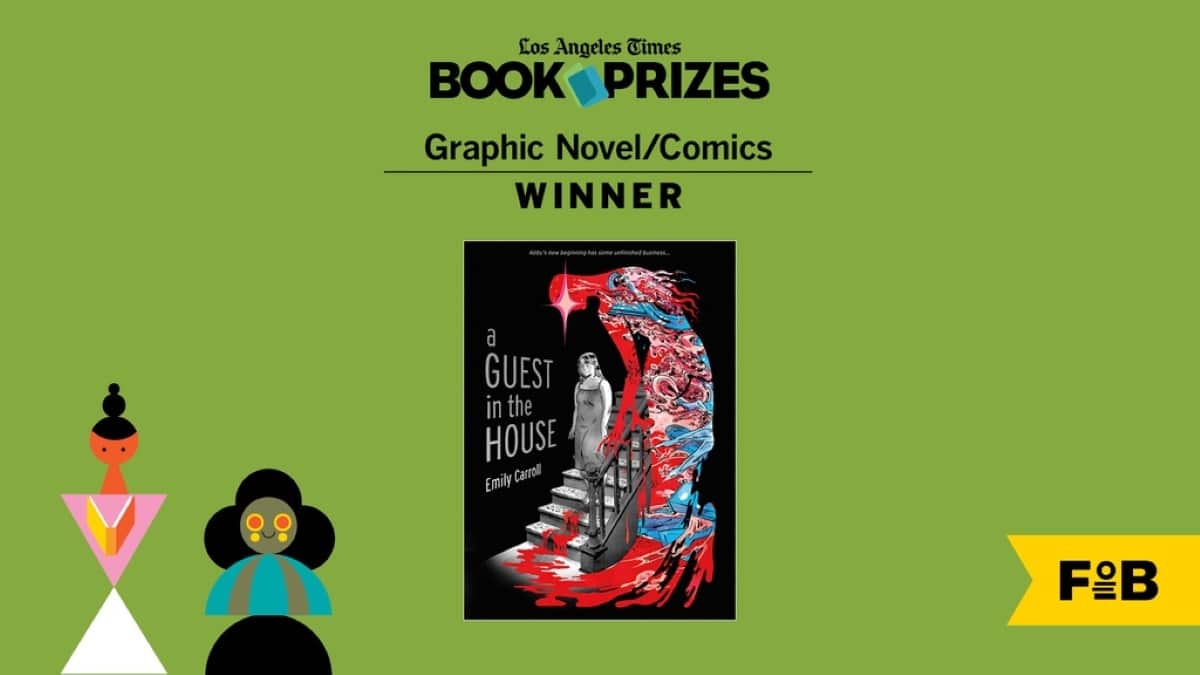By Matthew Jent
FINDER: THIRD WORLD
Story, Art, & Cover: Carla Speed McNeil
Colors: Jenn Manley Lee and Bill Mudron
Genre: Science Fiction
“You consider where you are as shaped by how you got there.”
Carla Speed McNeil’s Finder is self-proclaimed “aboriginal science fiction,” which McNeil explains on her website as being about “People who lived close to the earth, or whose ancestors did. People travel, people settle; people look at each other and embrace or else fight…Aboriginal science fiction deals with alien societies. FINDER’s aliens are all one family, but their coming to understand that isn’t going to come easily.”
Finder was first published in 1996 from McNeil’s own Lightspeed Press. The series has since moved to Dark Horse, which has just published Finder: Third World, collecting a story serialized in Dark Horse Presents, with the addition of 17 new story pages and extensive footnotes that have long been a trademark of Finder collections.
Every volume of Finder explores a different facet of a large and complicated science fiction world. It’s presumably set on a future Earth, and technology is sometimes strange but usually recognizable. Society and cultural norms are the same — recognizable but exaggerated versions of the real world. Readers have to pick up a lot through context clues or through McNeil’s extensive footnotes at the end of the book. A given volume’s protagonist may only appear as a background character in another volume. Or he or she may not appear at all.
Third World sees the return of Jaeger, the series’ first protagonist, its most persistent character, and the titular finder of the title. We become reacquainted with Jaeger as he’s interviewing with a job placement agency, trying to move away from a life spent throwing drunks out of clubs, cleaning up dead bodies, and sin-eating — ritualistically taking the pain and guilt from other people into himself. Jaeger takes a job as a package courier, which allows Third World to become a tour of the city of Anvard.
It reminds me of From Hell’s fourth chapter, in which Gull takes Netley on a carriage ride through London and instructs him in the architectural and symbolic history of the city. Except Alan Moore and Eddie Campbell had real maps and real history to rely on and stay true to. McNeil, through Jaeger, is taking us on a tour of a city she’s invented. Jaeger knows nooks, crannies, and secret passages of Anvard like no one else. He has a preternatural inability to lose his way, and this provides the best introduction to Finder’s world that I’ve seen over the eleven collected volumes of the series. If you’ve never read Finder before, you can pick up Third World and become easily acquainted with an always dense and sometimes intimidating story. When Jaeger, carrying a lost old woman on his back, gestures to dirt roads and says, “Farmland, if anybody can still afford sunlight,” McNeil reveals the depths of a science fiction world with an impressive economy of language and art.
Third World is the first volume of Finder to get the full-color treatment, and the colors by Jenn Manley Lee and Bill Mudron are dreamy and resemble watercolors in their brightness and clarity. It brings a sharp distinctness to the world that greatly enhances McNeil’s illustration. McNeil’s art has always looked clean and deceptively simple — she does more with subtle facial expressions than animated equivalents can accomplish — but Lee and Mudron’s colors bring her work to a whole new level. This is easily the prettiest to look at of any Finder volume so far, and Finder is always a really pretty series.
I came to Third World with no foreknowledge of where the plot would go, so I was happy to follow Jaeger around Anvard for the book’s first act. I assumed this volume would be a picaresque journey through the city, introducing different clients and packages (who are sometimes people). I was happy to take that journey, but I was even happier when a sudden narrative turn takes Jaeger out of Anvard and into unexplored territory. The question of Third World becomes, can you get lost if you don’t have a destination? And can you have a destination if you’ve lost track of the road?
Third World is so good that it appears structureless, until you get to the end and realize where it’s been driving all along. I don’t want to say anything specific about the third act of Third World, because it was frankly as thrilling and surprising as anything I’ve read in comics. Simply put, there are more ideas in six pages of Finder than you’ll find in entire films, where they say they need 2+ hours just to set up the rest of a trilogy.
Read this book. Then, go back and read the rest of the Finder library. You might not know what you’re looking for at first, but by the end of Third World you’ll have found something great.








I read Third World in DHP. I’ve since picked up Finder Library vol 1 but haven’t gotten around to reading it yet. Looking forward to it.
Do the extra 17 pages resolve the story? The last chapter in DHP felt like a cliff hanger to me.
Comments are closed.